How to Solve One-step and Two-step Linear Equations Word Problems
In the intricate maze of mathematical problems, linear equations, especially word problems, emerge as little puzzles waiting to be decoded. By understanding their underlying patterns and applying a systematic approach, these problems can be dissected with finesse. Dive in, as we embark on this analytical expedition!
[include_netrun_products_block from-products="product/6-south-carolina-sc-ready-grade-3-math-practice-tests/" product-list-class="bundle-products float-left" product-item-class="float-left" product-item-image-container-class="p-0 float-left" product-item-image-container-size="col-2" product-item-image-container-custom-style="" product-item-container-size="" product-item-add-to-cart-class="btn-accent btn-purchase-ajax" product-item-button-custom-url="{url}/?ajax-add-to-cart={id}" product-item-button-custom-url-if-not-salable="{productUrl} product-item-container-class="" product-item-element-order="image,title,purchase,price" product-item-title-size="" product-item-title-wrapper-size="col-10" product-item-title-tag="h3" product-item-title-class="mt-0" product-item-title-wrapper-class="float-left pr-0" product-item-price-size="" product-item-purchase-size="" product-item-purchase-wrapper-size="" product-item-price-wrapper-class="pr-0 float-left" product-item-price-wrapper-size="col-10" product-item-read-more-text="" product-item-add-to-cart-text="" product-item-add-to-cart-custom-attribute="title='Purchase this book with single click'" product-item-thumbnail-size="290-380" show-details="false" show-excerpt="false" paginate="false" lazy-load="true"]

Step-by-step Guide to Tackling One-step and Two-step Linear Equations Word Problems
Here is a step-by-step guide to solving one-step and two-step linear equations word problems:
Step 1: Initiating Comprehension: The Essential Read-Through
- Start by luxuriating in a relaxed reading of the problem. Familiarize yourself with the narrative.
- Highlight pivotal information: names, numbers, relationships, and what’s being asked.
Step 2: Demystifying Variables: Assigning Symbols to the Unknown
- Pinpoint what you don’t know. This is your unknown – the treasure you seek.
- Bestow upon this unknown name, typically ‘\(x\)’, ‘\(y\)’, or any other alphabet that speaks to you.
Step 3: Crafting the Mathematical Sentence: Forming Equations
For One-step Equations:
- Translate verbal expressions into mathematical expressions. e.g., “Six more than a number” becomes “\(x + 6\)”.
- Frame your equation such that it mirrors the information provided. e.g., If “\(x + 6 = 14\)”, then \(x\) is \(8\).
For Two-step Equations:
- More often, there will be an intermediate step before reaching the solution. e.g., “Twice a number, decreased by \(5\) is \(11\)”. This translates to “\(2x – 5 = 11\)”.
- Work in stages. Begin by addressing one mathematical operation at a time, ensuring a systematic progression toward the unknown.
Step 4: Sculpting the Solution: Solving the Equation
- Use inverse operations to isolate the variable. If the equation adds, you subtract, and vice versa.
- Unravel two-step equations layer by layer, much like peeling an onion, to expose the core value of the variable.
- Check your solution by substituting the obtained value back into the original equation.
Step 5: Narrating the Conclusion: Answering in Context
- Remember, it’s a word problem. Your answer should not merely be a number but a sentence that addresses the query.
- Ensure the answer resonates with the context of the problem. If the question was about apples, don’t end up discussing oranges!
Step 6: Post-Resolution Analysis: Reflect and Review
- Mull over the problem-solving journey. Were there roadblocks? If yes, how did you overcome them?
- Consider other ways the problem could be presented or solved. This fortifies your mental arsenal for future problems.
Final Thoughts:
The world of word problems can be a conundrum, but with each step broken down and each equation solved, they transform from intimidating riddles into enticing challenges. Harness this guide, and you’ll traverse the landscape of linear equations with grace and ease.
Related to This Article
More math articles
- The Virtual Classroom Advantage: How Online Math Tutors Enhance Elementary Math Education
- 8th Grade RISE Math Worksheets: FREE & Printable
- FREE CLEP College Math Practice Test
- 10 Most Common 8th Grade MAP Math Questions
- 8th Grade GMAS Math Worksheets: FREE & Printable
- Dividing Dollars: How to Navigate Money Division in Word Problems
- How to Sketch Trigonometric Graphs?
- How to Solve Exponential Growth and Decay Functions?
- Full-Length 8th Grade SBAC Math Practice Test
- The Significance of the Unit Circle in Trigonometric Functions


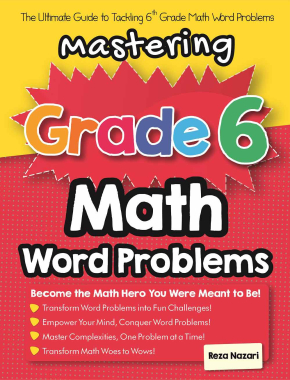

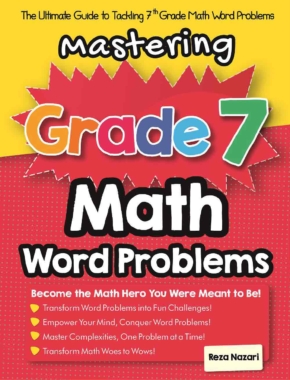

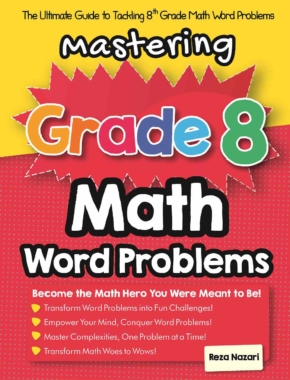

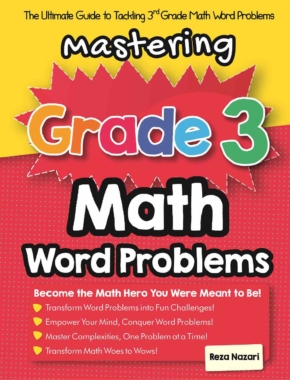
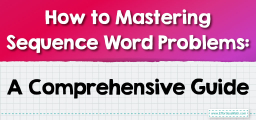
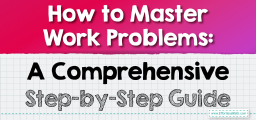
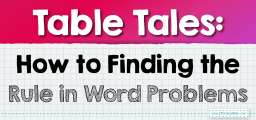
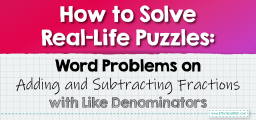






What people say about "How to Solve One-step and Two-step Linear Equations Word Problems - Effortless Math: We Help Students Learn to LOVE Mathematics"?
No one replied yet.